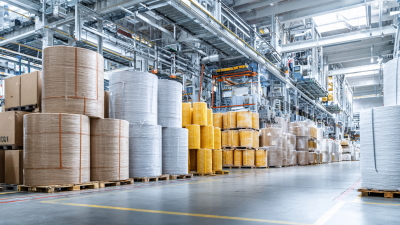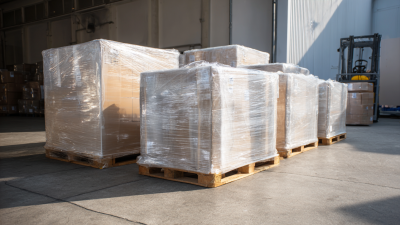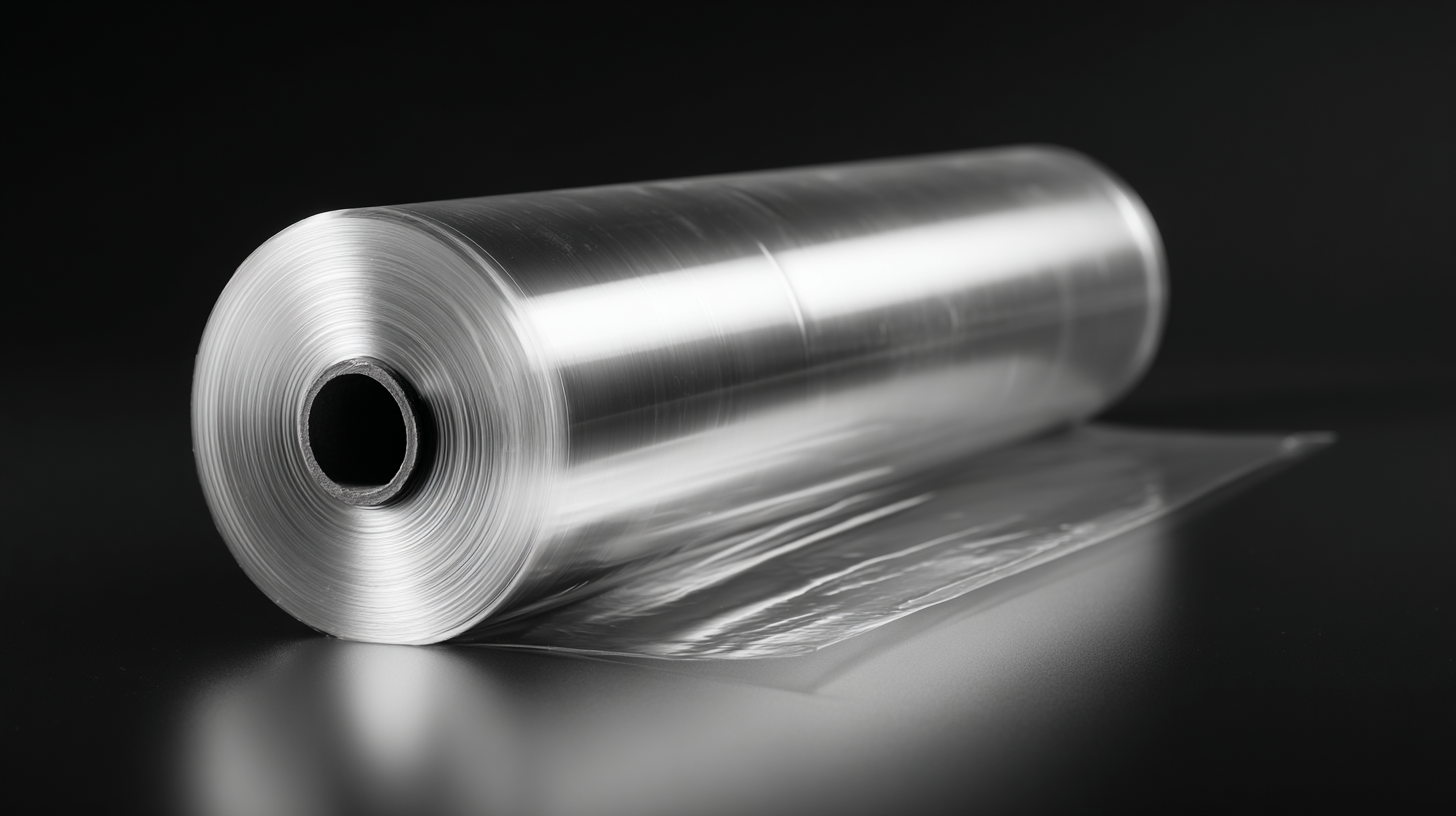 In the ever-evolving landscape of packaging solutions, the use of shrink wrap has emerged as a critical component for ensuring the safety and integrity of products during storage and transportation. According to a recent report by Smithers Pira, the global packaging market is projected to reach $1 trillion by 2024, with shrink wrap making up a significant portion of this market due to its versatility and durability. Industry expert Dr. Jane Mitchell, a recognized authority in packaging technologies, emphasizes the importance of shrink wrap in modern logistics: “Shrink Wrap offers unparalleled protection and is increasingly becoming the standard for safe packaging.”
In the ever-evolving landscape of packaging solutions, the use of shrink wrap has emerged as a critical component for ensuring the safety and integrity of products during storage and transportation. According to a recent report by Smithers Pira, the global packaging market is projected to reach $1 trillion by 2024, with shrink wrap making up a significant portion of this market due to its versatility and durability. Industry expert Dr. Jane Mitchell, a recognized authority in packaging technologies, emphasizes the importance of shrink wrap in modern logistics: “Shrink Wrap offers unparalleled protection and is increasingly becoming the standard for safe packaging.”
The benefits of employing shrink wrap are manifold, ranging from enhanced protection against environmental elements to improved presentation of products. As businesses strive to uphold quality and customer satisfaction, shrink wrap technology allows for additional layers of safety and security. Moreover, its lightweight nature can contribute to reduced shipping costs, creating a win-win situation for both manufacturers and consumers alike. As we delve into the top five benefits of using shrink wrap for packaging and protection, it is imperative to understand why this innovative solution is becoming a staple across various industries in today’s fast-paced market.
Shrink wrap is an increasingly popular choice for packaging due to its myriad advantages, particularly in enhancing product protection against damage. This versatile material tightly envelops products, creating a barrier that guards against moisture, dust, and various other environmental hazards. As recent advancements in packaging materials illustrate, effective protection is critical, especially for food products that require extended shelf life and integrity. The secure seal provided by shrink wrap minimizes the risk of contamination and spoilage, ensuring that items remain in pristine condition until they reach the consumer.
Moreover, shrink wrap's ability to conform to the shape of the product helps prevent movement during shipping, further reducing the likelihood of damage. This is particularly beneficial for delicate items or those with irregular shapes that traditional packaging methods might fail to protect adequately. In a world where concerns about plastic waste are growing, exploring innovative packaging solutions like shrink wrap aligns with the need for effective product protection while also considering environmental impact. The ongoing refinement of such materials highlights the importance of balancing functionality and sustainability in modern packaging practices.
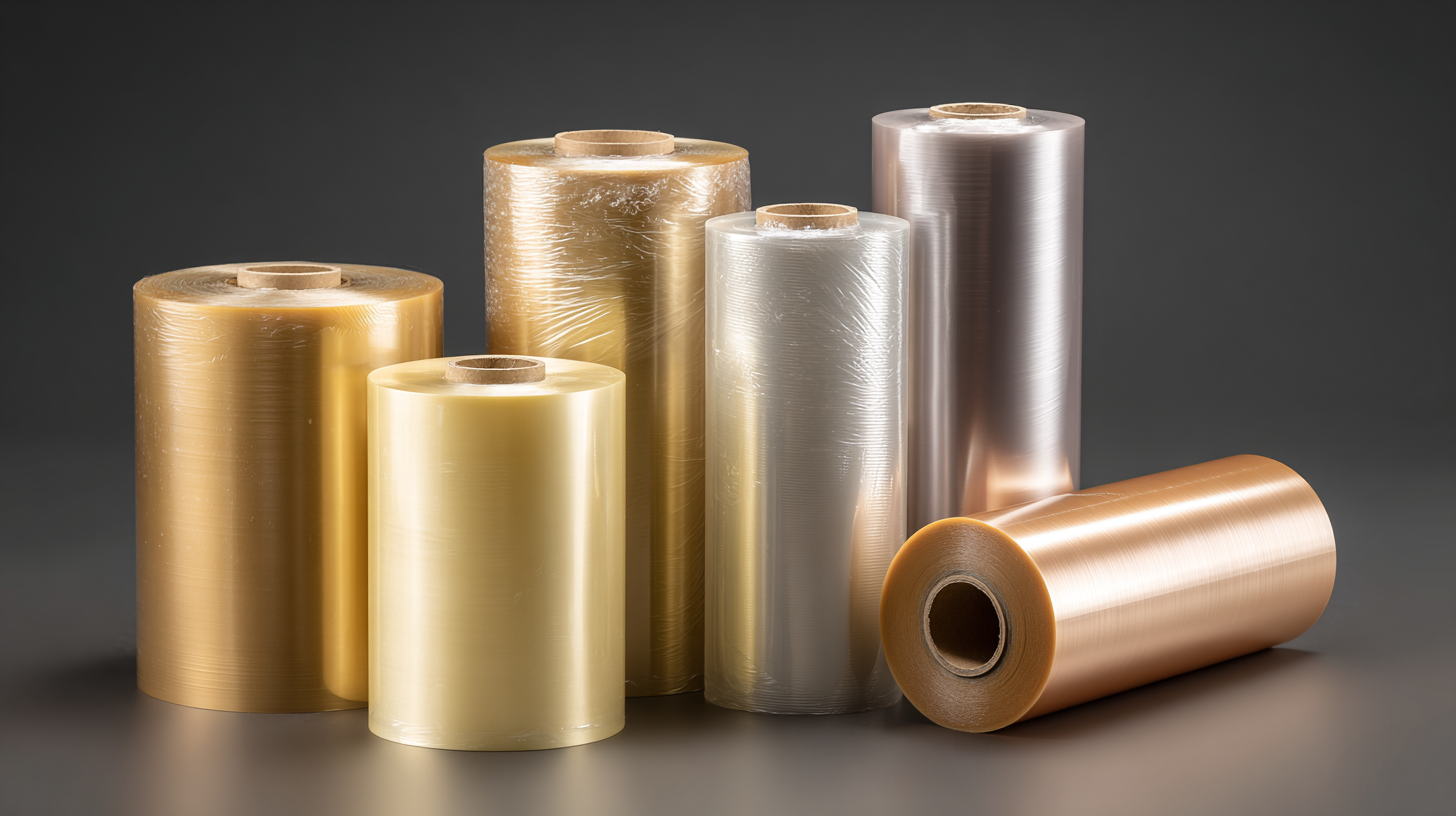
Shrink wrap has emerged as a cost-effective packaging solution for various industries, providing significant savings without compromising on quality or protection. According to a report by Smithers Pira, the global shrink film market is projected to grow to over $10 billion by 2024, underscoring the increasing demand for affordable packaging options. The efficient wrapping process reduces material waste, as shrink wrap typically requires less material than traditional packaging methods, such as boxes or bubble wrap. This not only curtails production costs but also minimizes shipping expenses due to lighter weights, making it a favorable choice for businesses looking to optimize their budget.
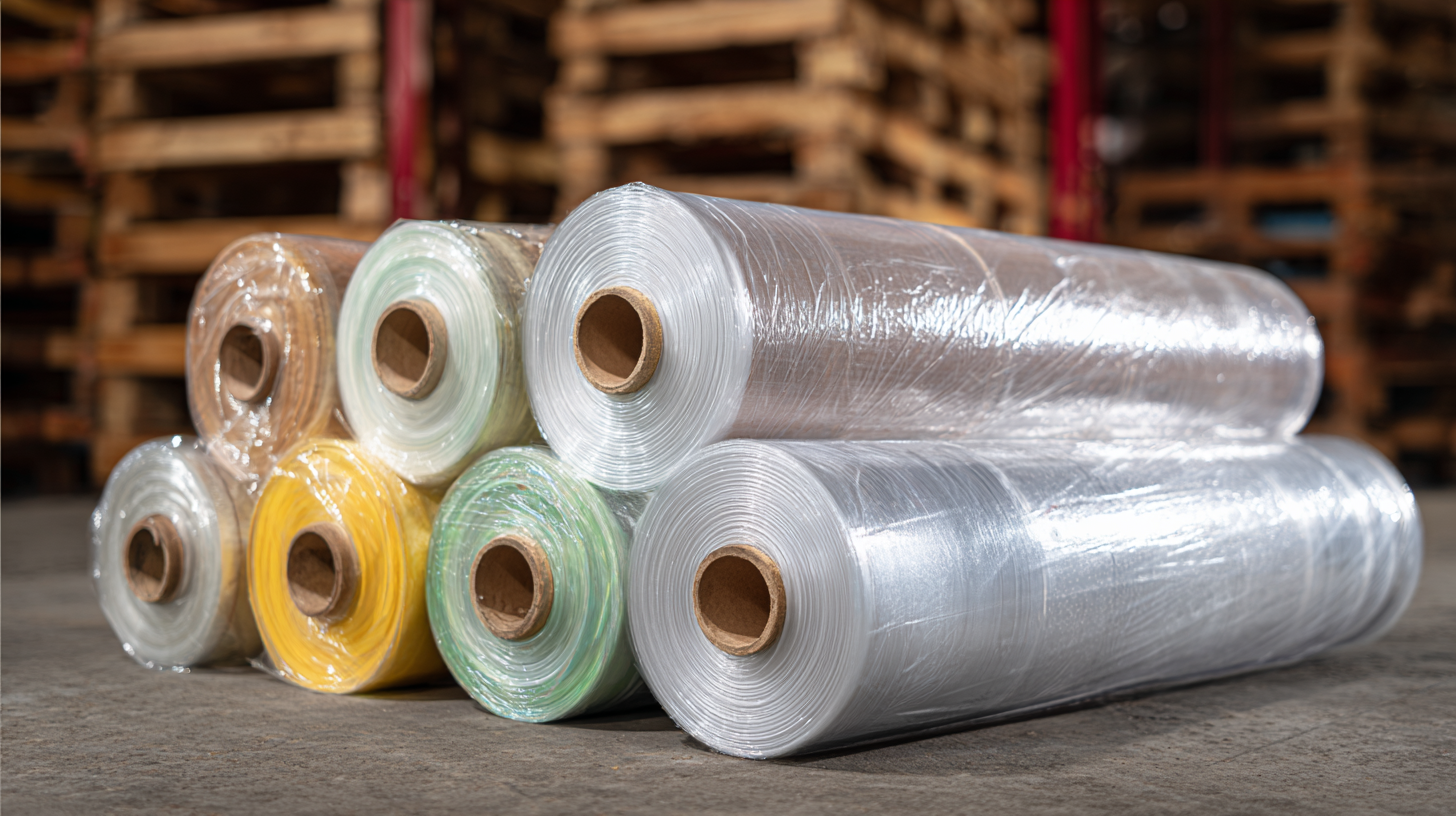
Moreover, the versatility of shrink wrap contributes to its cost-effectiveness. It is suitable for a wide range of products, from small items to large machinery, offering tailored protection that traditional packaging often lacks. A study by the Flexible Packaging Association revealed that flexible packaging, including shrink wrap, results in a 20-30% savings compared to rigid packaging solutions. These savings are particularly beneficial for manufacturers and retailers who handle large volumes of products, allowing them to allocate resources more efficiently while enhancing their overall profit margins. With these compelling figures, it's clear that shrink wrap stands as a smart investment in the ever-competitive market landscape.
Shrink wrap has emerged as a versatile packaging solution across various industries, providing an effective means of securing and protecting products. According to a report by the Freedonia Group, the demand for plastic packaging, including shrink wrap, is expected to reach $20 billion by 2023, driven by the expanding e-commerce sector and the need for efficient packaging solutions. This material's adaptability allows it to be used for an extensive range of products, from food items and pharmaceuticals to electronics and industrial components.
The food industry, in particular, benefits significantly from shrink wrap due to its ability to preserve freshness and extend shelf life. A study from Market Research Future indicates that the food packaging segment is anticipated to grow at a CAGR of over 5% through 2025, with shrink wrap playing a pivotal role in this growth. Additionally, its lightweight and cost-effective nature make it a preferred choice in the packaging of goods, minimizing shipping costs while ensuring product integrity. The combination of protection and versatility underscores the critical role shrink wrap plays in modern packaging solutions across diverse sectors.
In recent years, the packaging industry has seen a significant shift towards more sustainable practices, driven by growing consumer awareness and environmental regulations. One of the emerging trends is the rise of eco-friendly shrink wrap options. According to a report by Smithers Pira, the global market for sustainable packaging is projected to reach $500 billion by 2027, highlighting the demand for greener materials in packaging. Eco-friendly shrink wraps, often made from biodegradable or recyclable plastics, enable businesses to protect their products while minimizing their environmental footprint.
Moreover, many manufacturers are now offering shrink wraps made from renewable resources, such as plant-based plastics. A study published by the Packaging Association indicates that using bioplastics can reduce greenhouse gas emissions by up to 80% compared to traditional petroleum-based plastics. This shift not only benefits the environment but also enhances brand reputation, as companies adopting sustainable packaging practices are increasingly favored by eco-conscious consumers.
By choosing eco-friendly shrink wrap options, businesses can align their packaging strategies with a more sustainable future, making a positive impact on the planet while still ensuring the safety and integrity of their products.
Shrink wrap has revolutionized packaging processes across various industries, primarily due to its efficiency and speed. According to a report by the Flexible Packaging Association, shrink film packaging can increase productivity by up to 30% compared to traditional packaging methods. This efficiency stems from the ability to quickly wrap products of various sizes and shapes, allowing companies to meet tight deadlines and adapt to fluctuating market demands. The automation of shrink wrap machinery further enhances this speed, enabling businesses to scale operations without significantly increasing labor costs.
Additionally, the durability of shrink wrap provides optimal protection during transit. Research from the Packaging Machinery Manufacturers Institute (PMMI) indicates that nearly 25% of product damage occurs during shipping. However, with shrink wrap, products are tightly sealed, minimizing the risk of movement and exposure to environmental factors. This not only reduces waste from damaged goods but also enhances customer satisfaction as products arrive in excellent condition. Overall, the combination of improved efficiency and enhanced product protection makes shrink wrap an essential choice for modern packaging solutions.
